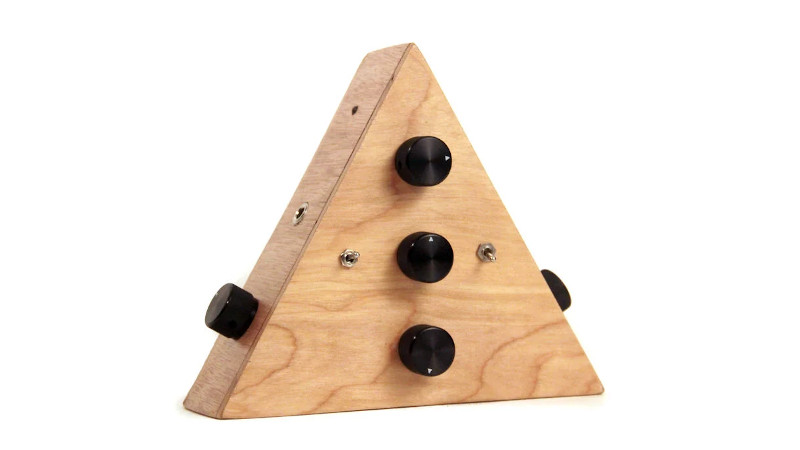When one thinks of audio processing, the mind doesn’t usually leap to an 8-bit micro. Despite this, if you’re looking for some glitchy fun, it’s more than possible, as [Amanda Ghassaei] demonstrates with the Arduino Uno in this 2012 throwback project.
The build is designed for vocal effects, based on the idea of granular synthesis. This is where audio samples are chopped up into small chunks, called “grains”, and manipulated in various ways to make fun sounds. Controls on the box allow the nature of the sound created to be modified by the user.
[Amanda]’s project serves as a great example of what it takes to run audio processing on the Arduino Uno. There’s a guide to using the on-board ADC as a microphone input, as well as the construction of a resistor ladder DAC for output. As a neccessity, this also requires discussion of how to write directly to the ATMEGA’s IO ports, rather than using the slower digitalWrite() function typically used in Arduino projects. There’s plenty of value here for anyone learning to do audio on a microcontroller platform.
Overall, it’s a fun project that serves as a good primer for those keen to dive into digital sound processing. Of course, those looking to kick things up a gear would do well to check out the Teensy Audio Library, too. Video after the break.
















Cool project.
I can’t hear you, i’m using the scrambler.
Is there a better video of the effects in action?
Nope. What is important here is how she feels about it.
… and the fact that it’s sponsored by Radio Shack, which is as far as I can tell, is a locationless retailer.
Very nice project. Nothing like a success to light your creative fuse. How fast is your Uno? 16MHz?
I’m really glad I got to hear that lady talk about her project. It would have totally sucked if it had contained actually audio from the thing she made.
It’s like watching a movie and
I think a better project would have been to restore the innard components of that beautiful triangular wooden box instead of “just stuff an Arduino into it.” I much prefer the original black knobs to the silver replacements.
I’m fairly certain that she made the box for this project, it’s not reusing or restoring anything. I like how she’s achieved such a nice-looking effect from a simple ply enclosure. I think I prefer the black knobs that she’s put on for the photos.
The link on that Radio Shack site is dead. I am not surprised by this. However I am surprised to learn that Radio Shack has a website. I am concerned that they wrote the link with a mixture of upper and lower cases, and I wonder if the link is truly case sensitive, but no combination that I’ve tried worked.
I would love to have learned more about the actual project, but the ‘background’ music was louder than your voice and I couldn’t understand much. Also: congrats on finding the most annoying background music ever!
Hm, that was pretty much a glorified advertisement. No useful geek information, just a woman who’s really happy she programmed the Arduino, which was very hard, and by the way shop at Radio Shack! We still exist! Hello? Hello? Is anyone down here?
I’d really hate to think money changed hands for this. The project is OK but the video is utterly worthless for information. Adverts pretending to be articles, or something that looks like an article or video, but then you come to realise it’s just a shitty advert to give you biased and partial information to convince you to buy their shit. Like all adverts. Which is fair enough if advertisers pay their way, but not this sneakiness of getting in free. Assuming they didn’t “sponsor” this article.
For everyone complaining about the video (sure, we get it, it’s not that great), simply follow the first link in the article and there’s a detailed write-up including her schematics and code and audio samples of the box in action.